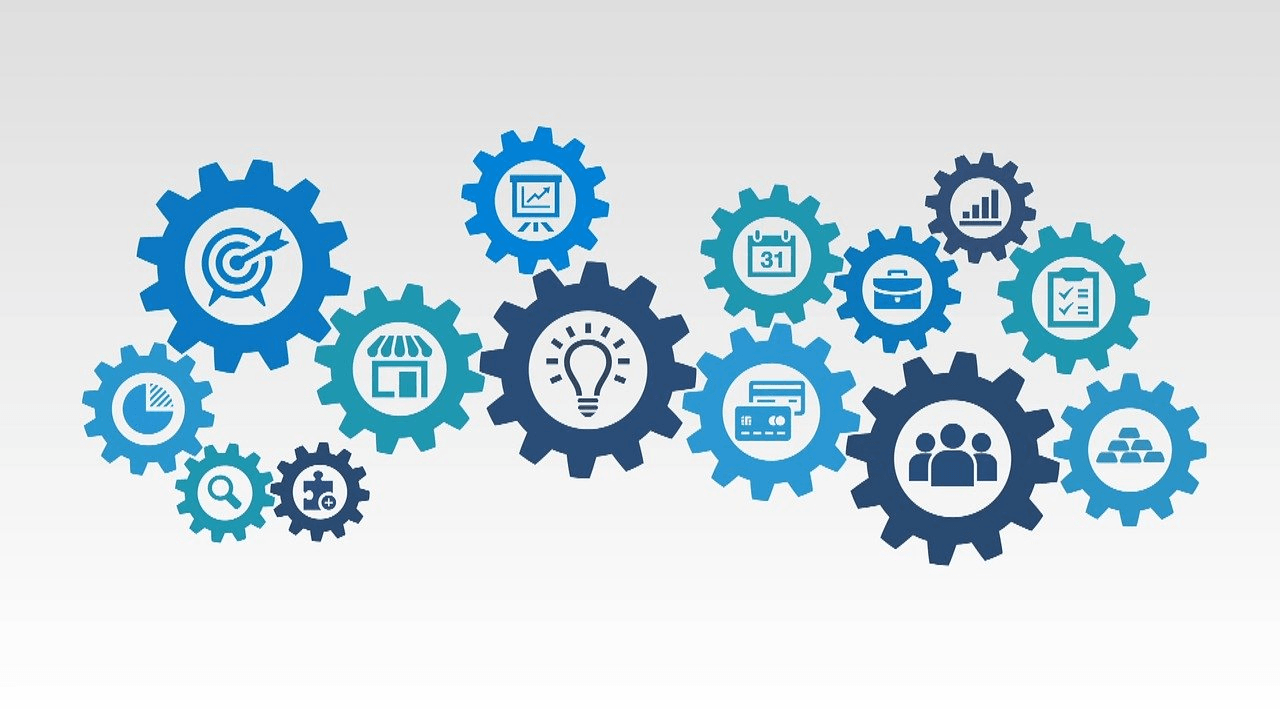Workplace Culture for Start-ups
It’s never too early!
When an organisation is in its early stages, there are a million and one things to focus on, and usually not enough people to do the focussing. Topics like workplace culture can surely wait until you’re all grown up – right? Well it really depends whether you’re aiming for long term success – because if so, then waiting is a risky prospect!
Let’s start with some basic facts about workplace culture:
1. It’s immensely powerful – the research is now extensive and clear, workplace culture is a critical element of success or failure in an organisation
2. Every organisation has one : If you work for, or own an organisation with 2 or more people in it… congratulations, you already have a culture!
And yet despite the above two facts, many organisations still leave their culture to chance, & only take a purposeful approach once it’s broken – we know because often that’s when people seek out our help.
Now consider this. The faster an organisation grows, changes and iterates, the more crucial workplace culture becomes to its ongoing survival and success. And who grows faster than the average start-up?
What’s the risk?
Let me demonstrate the risk of not focussing on culture early on, borrowing a model used by Simon Sinek in his 2011 TEDX talk, First Why, Then Trust.
When a company is founded, what they do and the reason they do it (often called the Why, or the Purpose) are inextricably linked. Typically, a group of people come together around a central idea with passion and excitement that carries the organisation forward in those early days. Here’s how it might look:
BUT – they don’t call it the “Tyranny of Success” for nothing.
As the organisation continues to grow, there comes a point where the founders can no longer do everything themselves. They need to bring new people into the business who will make decisions, and in turn, bring in more new people, and so on.
If the founders have not done a very thorough job of communicating the WHY or Purpose of the company and bringing this purpose to life as the organisation grows, then a split can occur between WHAT we do and WHY we do it. Essentially, the WHY gets lost. Here’s how it now looks:
We can keep doing what we’ve been doing, and continue for a while, to grow our success, but as that sense of “why” drops away, so too does the intrinsic motivation of being part of something bigger, that sense of purpose and being united to a common goal.
As this happens, certain symptoms are likely to occur in the business:
- Trust starts to disappear
- People who were there from the start say “It doesn’t feel the same anymore, we’ve lost that sense of who we were”
- People start coming to work for extrinsic rewards like pay and perks, rather than out of any intrinsic sense of purpose
Needless to say, this all adds up to big trouble for our organisation.
Here’s the good news!
When organisations get proactive about their workplace culture early on, they can avoid the split from ever happening. A really big part of culture development is about making sure your people understand your “why” – your purpose & your plan to get there – and that the purpose and plan are COMPELLING – that it’s something that your people actually care about.
Your workplace culture ultimately becomes the means by which you bring your purpose to life, and firmly connect it with WHAT it is that you do.
Here’s something to be aware of – the faster your business changes and grows, the more important it is to build your culture early. If an organisation is moving slowly, they have time to navigate these issues, to notice the first symptoms of a split, and to react before things get out of hand.
Many start-up businesses today simply don’t have that luxury. You can go from inception to split in a matter of a few months, and the split can get big, fast. That’s why it’s so imperative to build culture early.
More good news. Some of you reading this and thinking about your own companies may be thinking that you’ve already experienced the split. Whilst it’s FAR easier to develop the right culture pre-split, with a lot of hard work and determination, culture issues after this point can be turned around.
What to do?
Whether your business is currently before the split or after it, let’s have a look at where you can start to build that all-important healthy workplace culture.
There are a number of areas you can focus on across your business that will help you drive and develop your culture, but we’d encourage you to always start with what we call the 4 Heavy Hitters:
Your purpose and strategy:
Ask yourself these questions – can you clearly articulate your reason for being – your purpose or WHY? Is it compelling, to you and to others? Do people understand your plan to get there, and the part they play? A wee tip here - a purpose and strategic plan that’s all about the dollars is unlikely to win the hearts and minds of anyone, other than perhaps, your investors.
Once you have a clear and compelling purpose and strategy, you’re halfway there. It’s now about a) communicating, communicating, communicating (this should be regular and constant - once definitely won’t cut it!) and b) ensuring your people each understand the important part they play in achieving your purpose.
Your Leadership:
Ultimately culture growth must be owned and championed by the person or people at the top. If you’re a business owner, CEO, top dog, head bottle washer, that means you.
Leadership capability is all about ensuring that there is consistent leadership language, expectations and behaviours between the leaders, ensuring that all employees receive a predictable leadership approach. This is particularly important and challenging as new leaders come into the organisation. What’s your plan for ensuring all your leaders are aligned, and stay that way?
Your values:
Values often get a bad rap when they become not much more than pretty words on a company website. But when treated with respect and due diligence, we’ve seen values & associated behaviours become extremely powerful tools in aligning behaviour across an organisation. When you bring to life the value behaviours through your company processes and systems such as leadership capability, recruitment, recognition, succession, reward and performance management, you have company-wide understanding of what is acceptable behaviour and what is not. This leads to an advanced self-managing, empowered workplace where adults are treated like adults and therefore act like adults, capable of complex problem solving and making sound, smart decisions.
Your secret sauce:
This is how we’ve termed that specialness that makes you – well you. It’s how people feel when they engage with your business, that makes you feel different than the business down the road, it’s what your people love about this place.
Find out what your secret sauce is by asking the people who work in your business, and people that come into contact with it “what makes us special?”. Then use it. Talk about it, bring it into your values, your hiring decisions and your physical environment.
It’s the secret sauce that we find start-ups are most afraid of losing as they grow – so be really conscious about making it part of the fabric of your organisation so that it grows as you grow, rather than getting lost in that deep chasm known as ‘the split’.
Here’s what we’ve experienced – If you’ve undergone a split in your business, dedicated effort on the four Heavy Hitters above will definitely start to get you back in the game. However, make no mistake - repairing and growing a damaged workplace culture will take exceptional time, skill and discipline.
The alternative is this - get proactive and develop these areas before the split takes place, while current culture is healthy and happy. Do that, and you’re setting up the pillars of long-lasting success, whatever comes your way.
So, good luck start-ups! If you ever need some help, support or just want to chat about your workplace culture, feel free to get in touch.
Marie Johnston






All Rights Reserved | Acentia




